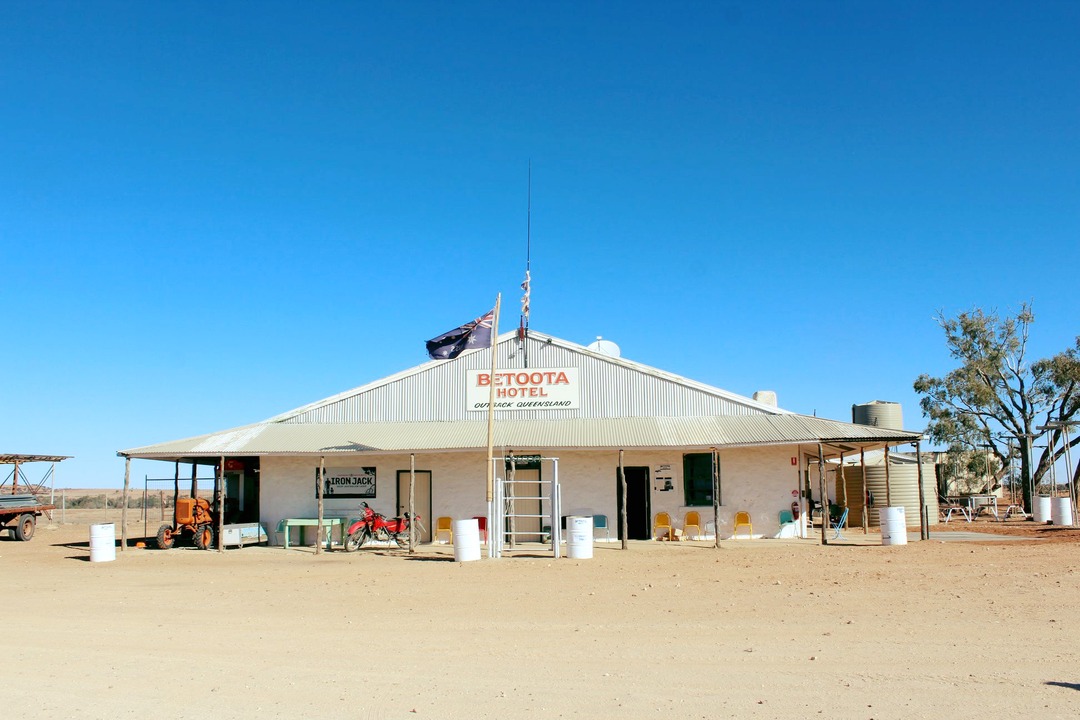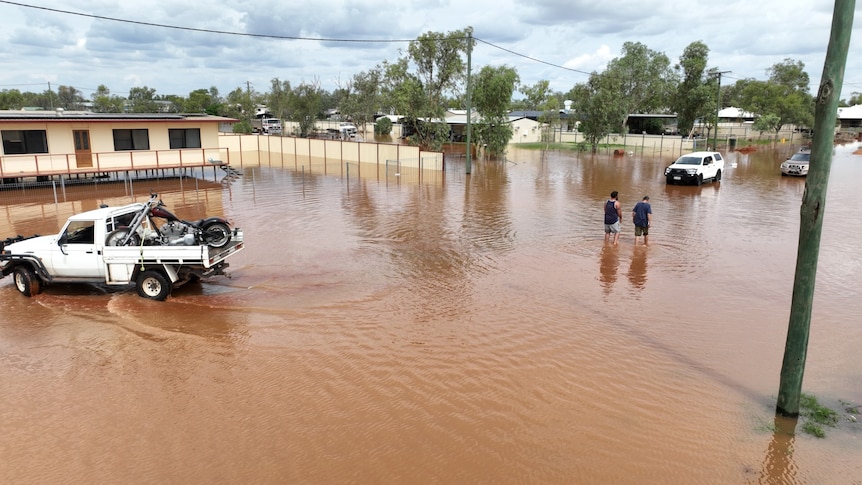The remote Queensland town of Adavale has begun its long journey back to normalcy as residents return to survey the devastating aftermath of unprecedented flooding that forced the evacuation of the entire community. Among those confronting the destruction is Koss Siwers, owner of the town’s iconic pub, who discovered his establishment transformed into an unrecognizable land of mud and displaced belongings.
The flooding, which affected an area larger than New South Wales, represents one of the most significant natural disasters to hit outback Queensland in recent memory, leaving communities grappling with the monumental task of rebuilding their lives from scratch.
Pub Owner Confronts Total Devastation
When Siwers finally gained access to his beloved Adavale pub on Saturday, the scene that greeted him defied comprehension. The interior resembled a crime scene rather than the welcoming establishment he had left behind weeks earlier. Mud, measuring between five to ten centimeters thick, coated every surface, while furniture lay scattered as if thrown by an invisible force.
“It’s an absolute mess, I’ve never seen anything like it,” Siwers reflected, describing how floodwaters had rearranged his entire business. Anything capable of floating had been displaced, leaving nothing in its original position. Essential equipment, including fridges, freezers, and beds, was destroyed, though remarkably, the building’s structure appeared to have survived the ordeal despite water damage to its foundation stumps.
The pub owner, who typically splits his time between Adavale and Brisbane, had been preparing to reopen for the tourist season when the disaster struck. His plans were first delayed by ex-tropical cyclone Alfred, then completely derailed when neighbors sent him photographs of his property submerged in rising floodwaters.
Heroic Rescue Efforts by Local Police

The town’s sole police officer, Senior Constable Chris Seng, emerged as an unlikely hero during the crisis. When floodwaters began rapidly rising, threatening the lives of Adavale’s approximately 30 residents, Seng partnered with another local to launch a rescue operation using a small boat that hadn’t been operational for years.
The makeshift rescue team successfully ferried residents through chest-deep water to safety, with Seng nearly being swept away by the powerful currents during the dangerous operation. His efforts proved crucial in ensuring no lives were lost during the evacuation, as residents were airlifted to safety from higher ground.
“It’s not real good,” Seng acknowledged when surveying the widespread damage. “Everywhere you look, there is damage. They’re all good people here. It is heartbreaking to see [but] everybody is pretty resilient … they’ll get it done”.
Massive Recovery Operation Underway
The scale of the disaster has prompted an enormous response from emergency services and government agencies. Nearly 80 State Emergency Services personnel have been deployed across the affected region, working alongside other emergency crews to assist with cleanup and recovery efforts.
State and privately contracted aircraft have been conducting supply runs to isolated communities in the Longreach and Charleville districts, delivering essential fuel, food, and equipment. These same aircraft have been dropping fodder to remote properties where livestock remain stranded on higher ground.
The agricultural impact has been catastrophic, with livestock losses exceeding 150,000 animals, including 69,000 cattle, 67,000 sheep, and thousands of goats. Additionally, approximately 3,500 kilometers of fencing have been damaged, along with over 4,700 kilometers of private roads.
Community Resilience and Future Planning
Despite the overwhelming destruction, the spirit of outback resilience remains strong among Adavale’s residents. Siwers has already begun planning the pub’s restoration, with charity donations helping to fund the delivery of beer for exhausted volunteers and locals beginning Monday.
However, the disaster has reignited discussions about relocating the town to higher ground – a debate that last occurred after devastating floods in 1963. While some residents are considering moving to safer locations, others remain committed to rebuilding in the same location.
The Queensland government has activated substantial disaster recovery funding, including a $12 million Community Relief Fund providing up to $1 million per affected local government area. Additional support includes increased recovery grants for primary producers, rising from $25,000 to $75,000.
As Adavale and surrounding communities begin the long process of recovery, their story serves as a testament to the resilience of outback Australia and the challenges posed by increasingly severe weather events in remote regions.

